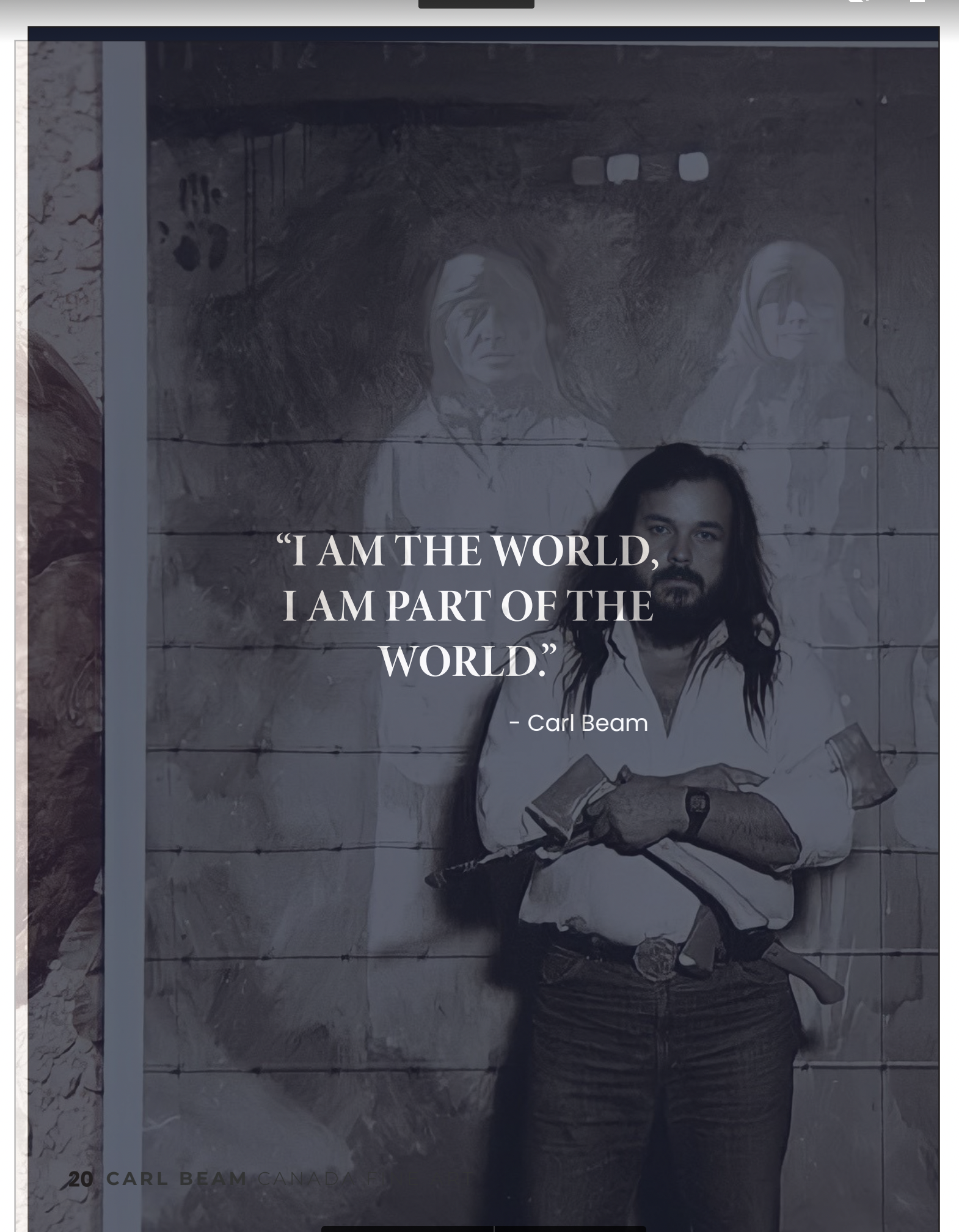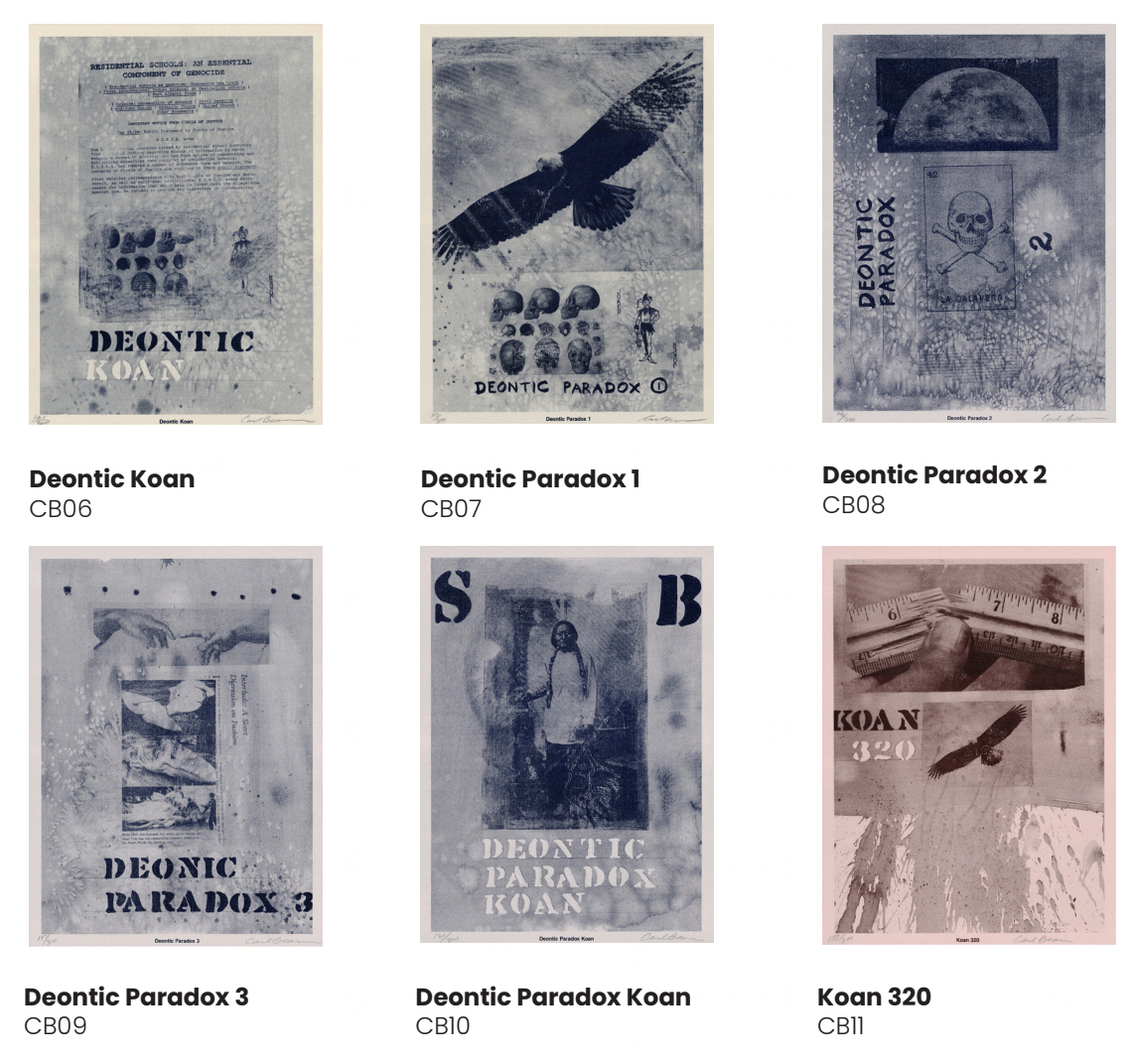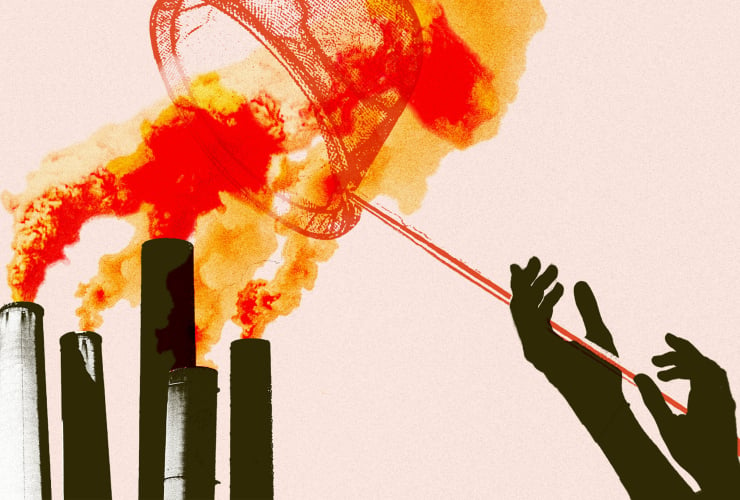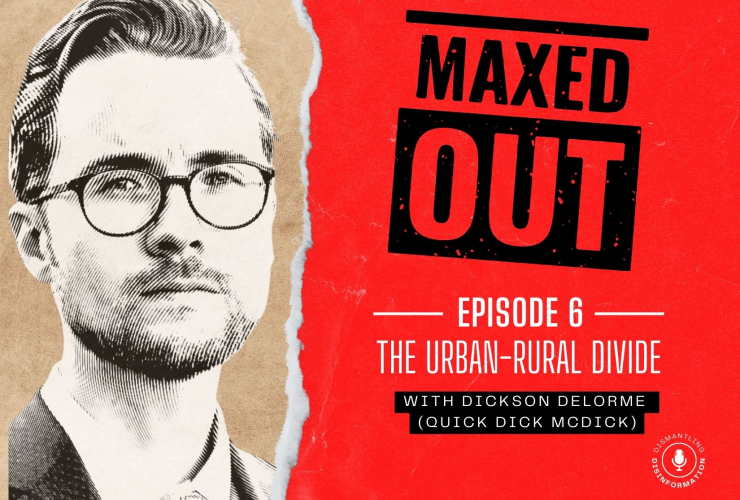For two decades, dozens of lithographic prints by renowned artist Carl Beam sat in storage.
That is, until Canada Fine Art partnered with Wabano, an Ottawa-based Indigenous centre that provides community programs and health, to renew the initial vision Beam had for his series, called the Charity Works.
In 1999, Beam donated the series of artworks to Indigenous organizations to provide support at a time when they weren’t well funded, Natalie Lloyd, general administrator at Wabano, said in an interview.
Canada Fine Art came across a large number of limited edition prints sold 20 years ago and wasn’t comfortable selling them to turn a profit, so the gallery turned to Wabano, Lloyd explained. The first exhibition of Beam’s work was held at the end of September for National Truth and Reconciliation Day.

The timing was fitting, with many of the artworks pointing toward Canada’s colonial and genocidal past. In one piece, Deontic Koan, Beam places a joker card beside a collection of skulls, directly underneath a document titled “Residential Schools: An Essential Component of Genocide.” This piece predated the Truth and Reconciliation Commission by 16 years, and yet both came to the same conclusion and language.
On Tuesday, Wabano held a special exhibition of the 29 artworks with David General, a sculptor from Six Nations of the Grand River and a friend of the late Beam. Though they knew each other for decades, even now, “there’s still so much to learn about Carl,” General said at the exhibition.
Beam, who passed away in 2005, was an Ojibwe artist from M'Chigeeng on Manitoulin Island. His work stretched across several media, including prints, painted canvases and pottery, and was influenced by global events and characters, spiritual traditions and, of course, his own people.
“My work is not fabricated for the art market. There is no market for intellectual puzzles or works of spiritual emancipation,” a quote, attributed to Beam, that was featured in the film accompanying the exhibition.
Beam was also the first contemporary Indigenous artist to have his work purchased by the National Gallery of Canada, General explained at the exhibition.

General spoke to the social and political power of Beam’s work as an artist and an organizer for the emerging Indigenous artist movement in the late 20th century.
Beam rarely missed conferences for Indigenous artists and was a leader among his contemporaries in “his art, distinguishing his art and supporting the growth of thought and presentation of Indigenous art across the country,” General said.
“That’s my memory of Carl.”

General pointed to the global parallels within Beam’s work. He was speaking all these truths not just about Indigenous Peoples on Turtle Island but about the plight of Indigenous Peoples all over the world, General said.
Further exhibitions will be held either at Wabano or somewhere else in Ottawa, Lloyd said.
Beam’s prints are available for purchase, with most proceeds going to Wabano to support its community-focused work with the urban Indigenous population in Ottawa.
“What a beautiful gift as an artist… He did this collection to support organizations,” Lloyd said.
Matteo Cimellaro / Canada’s National Observer / Local Journalism Initiative







Comments